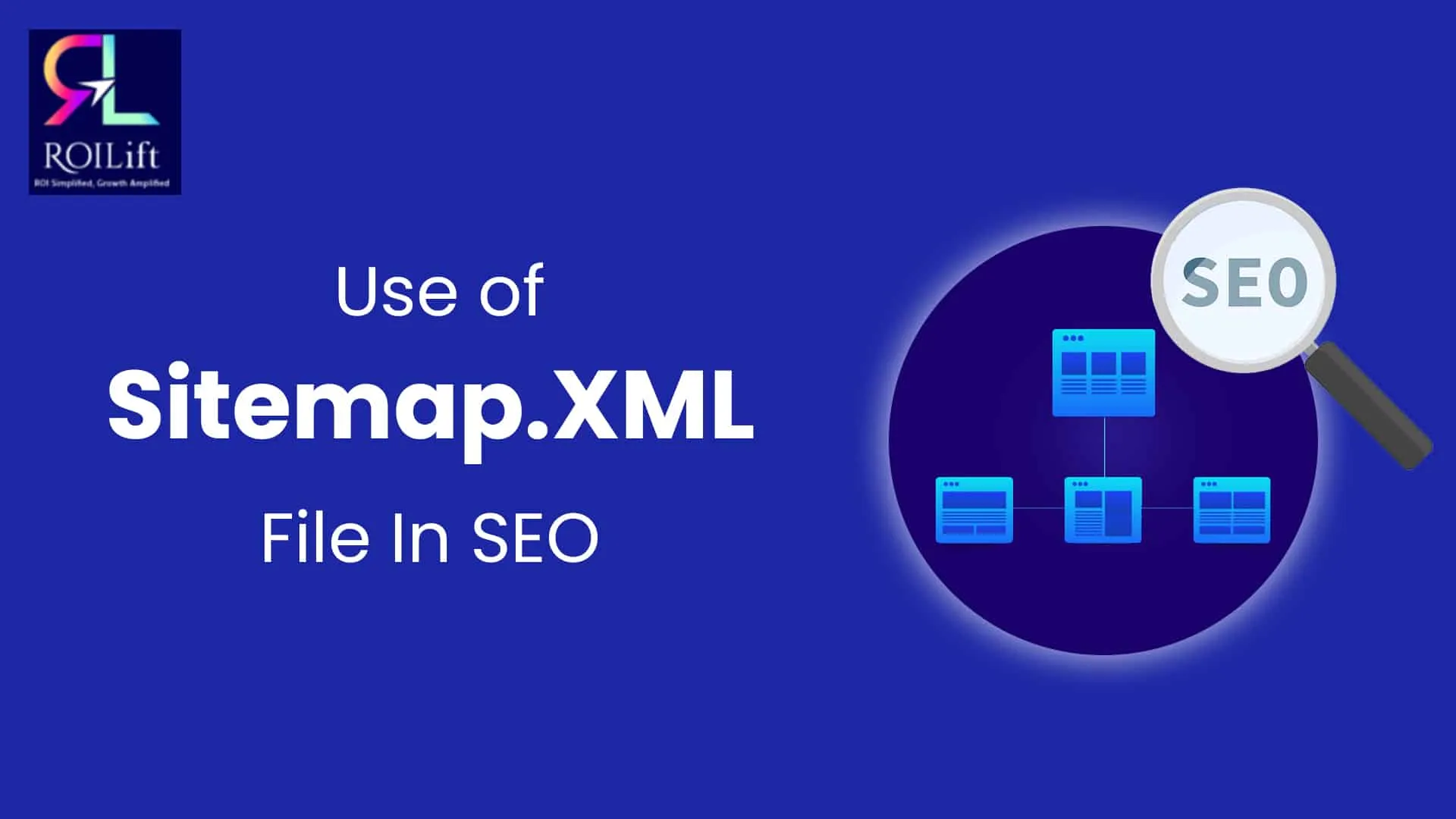The Sitemap.xml file is important for SEO (Search Engine Optimization) since it facilitates the listing and crawling of a website’s pages by search engines such as Google, Bing, and others. XML sitemaps recently celebrated its full adulthood. In this post, we’ll explain how we operate, how to create one, and why we have so many SEO advantages.
What is an XML sitemap?
An XML sitemap is essentially a protocol in XML format that informs search engines of the URLs on a website that are accessible for crawling. The purpose of XML sitemaps was to exchange details about every URL, such as
- When the last update was made.
- The frequency of changes.
- The significance of it in connection to other URLs on your website.
If specific URLs are separated, XML sitemaps make it easier for search engines to crawl your website. If you work with SEO, you most likely already utilize the XML sitemaps that are included in the Yoast WordPress plugin. However, there are many extras that you may be overlooking.
How To Create A Dynamic Sitemap In XML
Use SEO plugins like Yoast and RankMath to create a dynamic XML sitemap if you’re using WordPress. Use these instructions to create a dynamic XML sitemap if you’re not using WordPress.
- Recognize your navigational framework.
- Join forces with your development team.
- Add to your server
- Make submissions to search engines
- Continuous upkeep
15 Things To Consider While Creating An XML Sitemap
- XML sitemaps don’t affect rankings
- Your pages can be found by Google without a sitemap
- Before reprocessing, Google verifies whether your XML sitemap has changed
- Your fresh material can be indexed more quickly with XML sitemaps
- XML sitemaps need to be encoded in UTF-8
- Don’t exceed 50 MB for uncompressed files or 50,000 URLs
- Multiple XML sitemaps are possible
- Use a sitemap index file if you have more than one XML sitemap
- The last mod tag ought to be perfect
- Only 200 self-canonicalized status URLs should be included in XML sitemaps
- Every day, search engines might examine your XML sitemap.
- Your XML sitemap is indirectly impacted by page speed.
- For your XML sitemaps, remove the <priority> tag.
- Use an HTML sitemap in conjunction with your XML sitemap if you are experiencing problems with navigational organization.
- Remember to include your robots.txt file with all of your XML sitemaps.
This Is How SEO Benefits From It:
- Maximizing the SEO Impact of Sitemap.xml
- Increasing the Efficiency of Crawl
- Technical SEO Tracking
- Monitoring and Reporting
- Increasing New Content Speed and Effectiveness
- Assisting with Global SEO
- Preventing Problems with Duplicate Content
- Examining and Revising the Sitemap
Conclusion
By offering technical insights, expediting the crawling and indexing process, improving the structure of your website, and resolving any faults or problems that may present themselves, ROILift is a local SEO company in Wyoming, USA that helps you improve your use of the Sitemap.xml file. We may optimize the SEO advantages of your sitemap, increase crawl efficiency, and eventually raise your website’s exposure and rating in search engine results by utilizing ROILift’s solutions.



